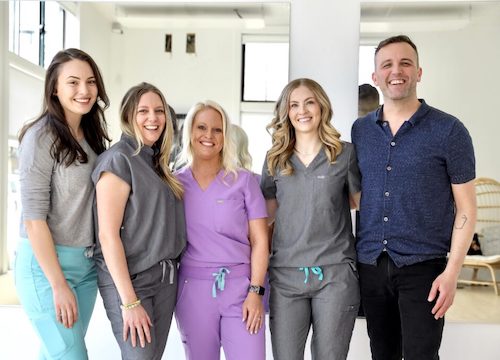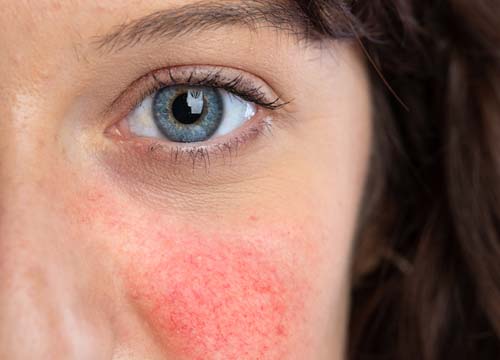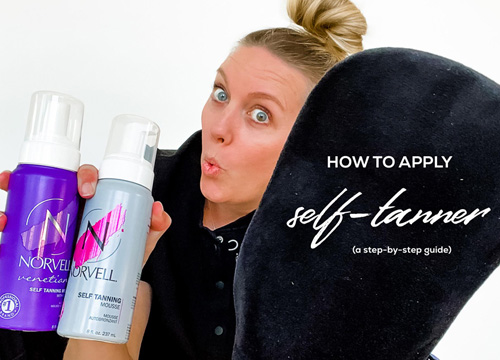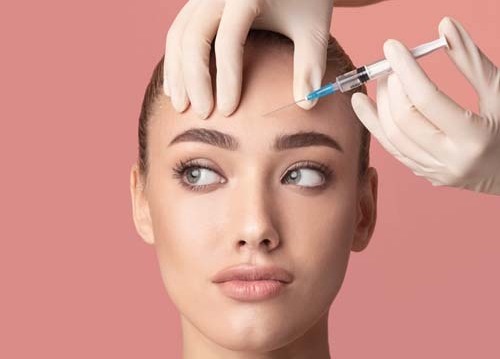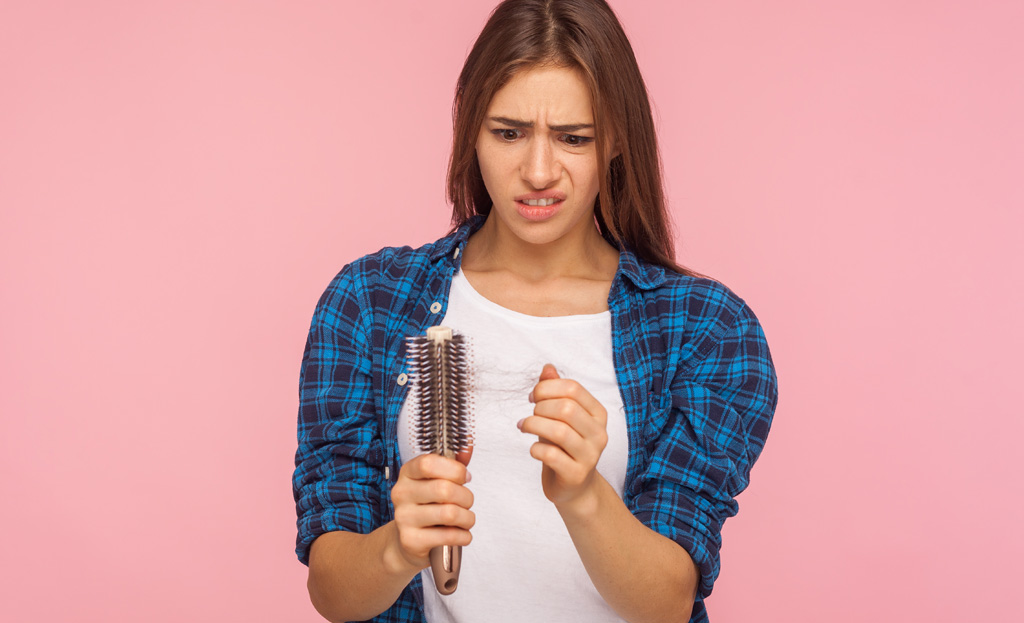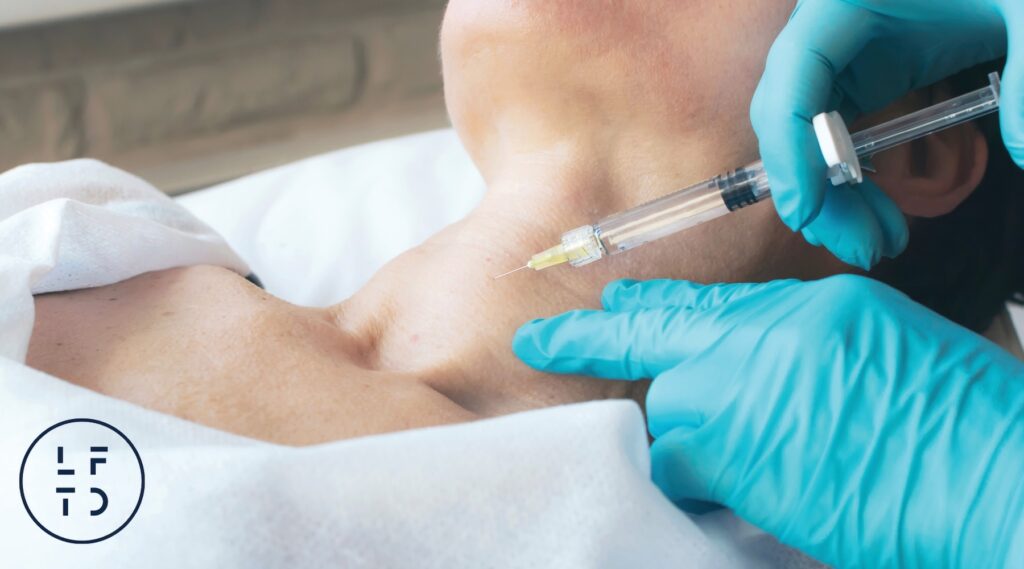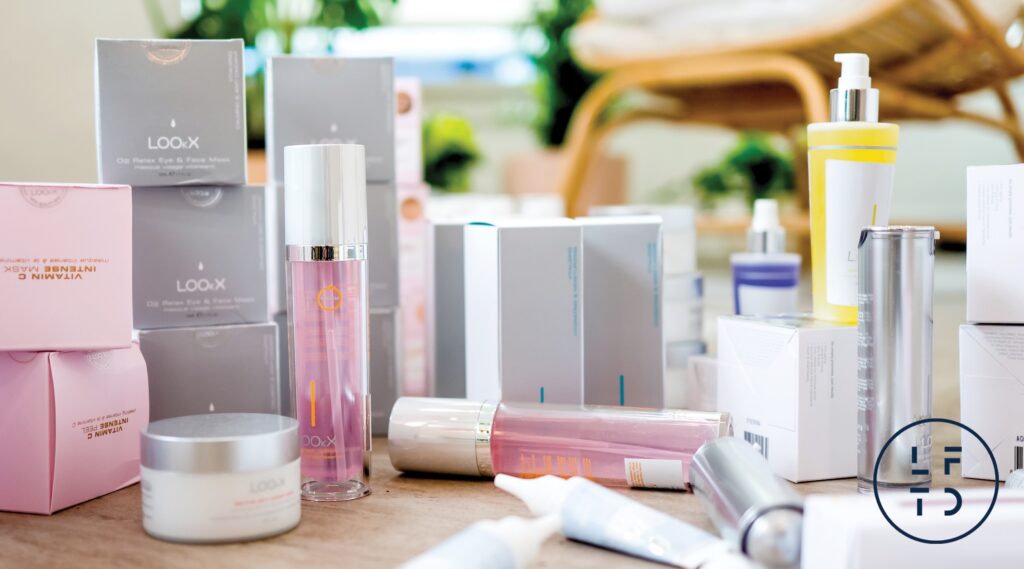
Botox, and other neuromodulators such as Xeomin and Dysport, work by preventing muscle contraction in the areas injected, thus softening lines that will otherwise occur as a result of that muscle contraction.
When our facial muscles contract, skin settles into the dynamic ridges and valleys formed by repetitive facial movements. As we age and our collagen stores become depleted, the effects of these repetitive facial movements become more prominent. Wrinkles start to form, most commonly appearing as deep lines at the forehead, frown lines (11’s), and crow’s feet. Botox smoothes the facial skin by diminishing the appearance and strength of our facial movements, and thus, diminishing the formation of wrinkles.
After a thorough consultation where we discuss your aesthetic goals and concerns, neuromodulating treatments can be done in about 5 minutes. The treatment takes 2 weeks to fully take effect, and a treatment can last anywhere from 3 to 6 months. Longevity of a neuromodulator treatment has been shown to be directly related to dosing. A higher dose (more units) used generally correlate with more muscle relaxation for a longer period of time.
Botox patients typically develop a “routine” of maintenance treatments at an average of every 3-4 months. Botox dosing will vary from patient to patient. In general, younger patients with fewer wrinkles require fewer units while older patients or patients with thicker muscles (commonly men) require more units.
Over time many patients notice that their Botulinum toxin treatments are either not as effective or don’t last as long. There are many reasons for this and things that can be done to maximize the results.
Things To Consider
Dosing
Botox won’t be immediately effective. It can take up to 2 weeks for the final result to emerge. If after 2 weeks, you are still seeing movement and wrinkles, you’ll likely need more units to fully immobilize the deep contractions and finalize your unique dosing and injection – your “sweet spot”. In this case, use our online scheduling to book a touch up!
Do You Want “Full Freeze” or Some Movement?
Many, if not most, of the men and women we treat at Lifted don’t want to be completely “frozen.” As your injector, my general goal is to provide you with a more natural look, not to leave you looking like you just were casted for the Real Housewives of Salt Lake City. In general this will allow lower doses of neuromodulators – but keep in mind that using a lower dose WILL result in a shorter duration. If having a more natural look is your goal, it is a delicate balance of finding the correct dose for YOU, that will allow as natural of a look as possible while still providing results that last a reasonable amount of time.
More units are needed for the patients who prefer absolutely zero movement or expression, but the results will last longer.
Every Patient Is Unique
Patients can all respond differently to neuromodulators. Here are some factors to consider that may be affecting the duration of your treatment:
Are You Thin or Athletic?
Thinner and more athletic patients with low body fat are known to metabolize most medications, including Botox and fillers, at a fast rate. While there is no definitive scientific explanation for this, the anecdotal evidence supporting this is beyond argument. This does not mean that the products are ineffective but rather that they simply don’t last as long in these patients.
Covid Might Be Playing A Part – Ugh!
While the link between the Covid vaccine/infections and neuromodulators has not been proven, the current evidence is showing that the effect of both the virus and the vaccine on the immune system might lessen the effectiveness or duration of the neuromodulator treatment. Vaccines/infections activate the immune system, which allows the body to fight a particular infection. This enhanced immune response might lead to more antibodies against a particular neuromodulator, making it less effective. For this reason (and others), if you test positive for Covid, we recommend waiting 14 days after a negative test to receive any aesthetic injectable (filler or neuromodulator).
You Might Be Making Antibodies
Studies suggest that we may develop neutralizing antibodies to one of the large proteins in Botox, making it less effective for patients with these antibodies. This tends to happen in people who have had repeat injections over many years. It is thought that about 10% of patients might have an antibody against Botox and won’t respond as well. This is one reason that we, at Lifted, love Xeomin. It does not contain the same large protein that your body can form antibodies against.
Don’t Hate Me, But…Your Botox Might Be Working Fine, and You’re Just Getting Older
As we age, there are other factors that compound the aging process. Genetics and the environment cause our skin to age and deteriorate, and deep wrinkles emerge as a result of gravity and volume loss. Your neuromodulator may be working just fine, but these other factors begin to become more apparent, and should also be addressed. Employing a combination of aesthetic treatments will be necessary as we age. That is why at Lifted we love to take a holistic, multifaceted approach to skincare and antiaging medicine. We are always happy to book a consultation and discuss the potential benefits of all the treatments we offer.
So What Can You Do?
Get More Units
I often hear the words, “I’ve only ever needed 30 units of Botox,” when treating clients who are new to me… In reality, the studies that produce the results showing a duration of 3-4 months involve much higher doses. The “standard,” and evidence-based, dosing for the upper face (11’s, forehead, and crows feet) is 64 units. When we are injecting suboptimal doses, we may get suboptimal effect and duration.
I know being at Lifted is much cozier than being in the hospital, but Botox is still a medication and is a medical treatment. I am also an anesthesia provider (CRNA), and a good analogy would be that you wouldn’t tell me how much propofol to give you for induction of anesthesia – you’d simply trust that I give you an appropriate dose of all the medications you need to keep you asleep and comfortable during surgery.
During surgery, I stay with my patients the entire time, monitoring constantly and adjusting medications as necessary; our injector/client relationship is similar. Though I am not sitting at the head of your bed watching you sleep and monitoring you continuously for the entire 3 months between treatments, I AM providing you a medical treatment, and I certainly am interested in assessing/monitoring your progress, hearing any concerns you may have, and using that information to adjust your next treatments as necessary, which may include recommending a higher dose at your next treatment.
If you feel your Botox or Xeomin is not lasting as long as it has in the past, I am always happy to talk with you about your dosing. While I am conscious that cost of treatment is always a factor for clients, I want to make sure you’re getting the right amount of units so you are getting optimal, lasting results for that money.
Take your Zinc (and phytase)!
The latest research is showing that zinc levels directly contribute to neuromodulator efficiency and duration. A clinical trial published in the Journal of Drugs in Dermatology showed that the results of the treatment are observed more rapidly and persisted nearly 30% longer in 92% of individuals who took zinc with an enzyme called phytase. In addition to an increased duration, 50% of people also felt the neuromodulator effect was stronger.
Recommendation: Beginning four days prior to your appointment, and on the day of your appointment, take Zinc 50mg + phytase 3000PU (FTU) daily. You can even continue for a couple days after, just to be safe.
Zytase is a brand name supplement that contains both zinc and phytase and is marketed as a neuromodulator prolonging supplement. Phytase can also be found in different dietary enzyme supplements. Just make sure you find one with a high enough dose of phytase such as Goodphyte (2 capsules in the AM/2 capsules in the PM, together with Zinc.) https://goodphyte.com/collections/frontpage/products/goodphyte-ib-defense-2.
Try A Different Neuromodulator
You might be resistant to Botox as a result of making antibodies to the proteins Botox contains. If you’re getting Botox and concerned about the duration of your treatment, definitely ask me about switching to Xeomin!
Post-Treatment Aftercare
After your Botox treatment, adhere to the recommended aftercare instructions. Contract the muscles of the treated areas throughout the 24 hours following your treatment. Avoid strenuous exercise for 24 hours following treatment. Proper care can facilitate a smooth recovery and help maintain the results.
Regular Maintenance
Consider scheduling regular neuromodulator appointments as part of your skincare routine. Regular treatments can help train your facial muscles not to make wrinkle-forming expressions, thus prolonging the effects.
Avoid Over-Frequent Sessions
Avoid receiving Botox too frequently, as this can lead to the dreaded antibody formation.
Sunscreen and UV Protection
If you’re reading our newsletter and blog posts, hopefully by now you know how we feel about SPF :). UV rays can cause neuromodulators to disperse faster, reducing its absorption in nerve endings. Protect your skin from the sun on the day of your appointment, and regularly use sunscreen.
Medical Grade Skincare
Botox and Xeomin are not a substitute for a good skincare regimen! They are simply complimentary to each other.
I hope this blog post provides you some helpful information for optimizing the treatments you are investing in! Whatever your experience with neuromodulators, we are always happy to discuss any concerns you may have. And if reading this post reminded you that you’re due for a treatment – come see me! Booking with us has never been easier using Boulevard!












